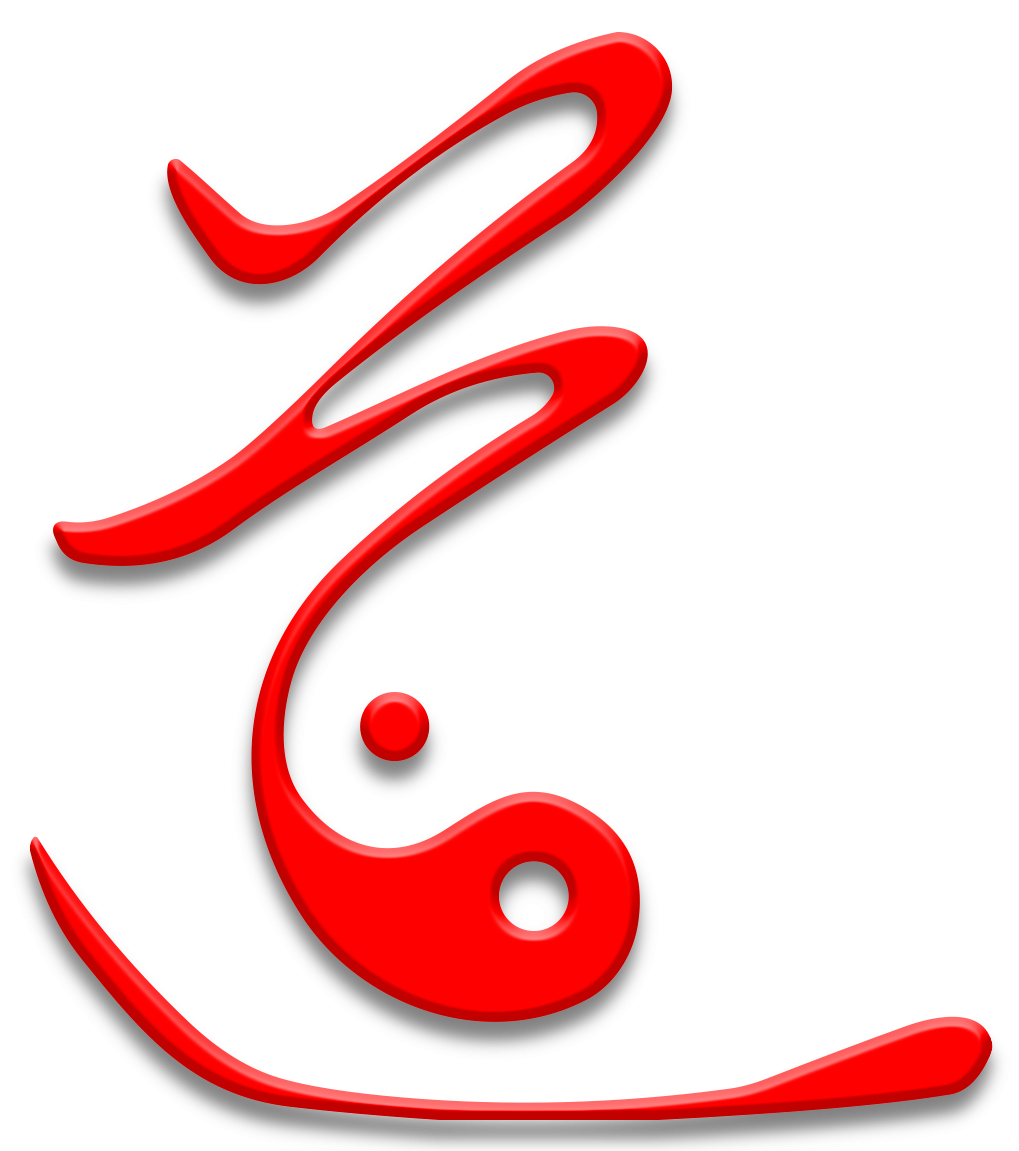Opening the Heart | A Daoist Reflection
Jun 1
/
Bernard Shannon
Let the Heart open—
Not by force,
but by stillness.
Not by clinging,
but by releasing.
but by releasing.
Not by trying to become,
but by remembering what you already are.
In the Daoist tradition, to “open the heart” is not a sentimental gesture nor a mere psychological state. It is a profound act of spiritual alignment. The Heart (心, xīn) is not only the seat of emotion and awareness—it is the dwelling place of the Shén (神), the spirit that reflects the Dao within us. When the Heart is open, the spirit shines clearly, like the moon reflected on a still lake. When it is closed, stirred, or scattered, even the light of Heaven cannot find its reflection there.
So how do we open the Heart?
The answer is not in effort, but in release. Not in striving, but in returning.
The Zhuangzi says:
“The true man of ancient times did not rebel against want, did not pride himself on plenty… He did not plan, and so was never disappointed. He let his Heart roam in the simplicity of the Dao” (Watson, 1996, p. 73).
The Heart as Sovereign
In Chinese medicine, the Heart is the “emperor/empress” of the organs. All other systems serve it. Not because it controls them, but because it must be clear for all else to be in harmony. A ruler who is agitated or distracted throws the whole kingdom into chaos. But a sovereign who is settled, aware, and still enables all to fulfill their roles in peace.
Thus, to open the Heart is to restore the center of consciousness to its original clarity. The Nei Jing says,
“When the Heart is at peace, all the organs are at peace” (Unschuld, 2003, p. 37).
We can feel this directly. When the Heart is tight, everything contracts: the breath becomes shallow, thoughts become anxious, Qi becomes tangled. But when the Heart opens, everything flows. The body softens, breath deepens, and the mind becomes luminous. Compassion, presence, and wisdom arise not from effort, but from this openness.
Emptiness and Illumination
In Daoist cultivation, the Heart is often called the Crimson Palace (絳宮, Jiàng Gōng). It is a sacred chamber, not because it is filled with treasure, but because it is empty and luminous. The alchemist clears this chamber of attachments, desires, and conceptual obstructions, so that the eternal soul may reside there.
An open Heart is an empty Heart—not in the sense of being hollow or lacking, but empty like a vessel: capable of receiving, containing, and radiating. The Daodejing teaches:
“The appearance of Empty Virtue, this is what comes from the Dao” (Red Pine, 2009, p. 42).
So it is with the open Heart. It does not cling to a story, a role, or even an identity. In this openness, it resonates with all things. It reflects Heaven and Earth without bias. It responds without calculation. It gives without depletion.
True opening of the Heart includes others, but this is not emotional dependence or excessive sentiment. It is the spontaneous arising of compassion (慈), which flows naturally from an unbound spirit. The open Heart is inclusive, not exclusive. It embraces both joy and sorrow, both self and other, without clinging.
To live with an open Heart is not to be naïve, nor to leave ourselves unprotected. It is to dwell in a state of radical acceptance, where nothing is denied, yet nothing is clung to. It is to allow life to move through us, while remaining centered in the unmoving. This is the fruit of an open Heart: freedom, ease, and a gentle radiance that blesses all it touches.
This is “unforced illumination” (明)—the Heart’s native clarity. It does not judge or interfere, but it sees through. The sage’s wisdom comes not from books or ideas, but from the transparency of the Heart, which sees things as they are, and moves in harmony with what is.
True opening of the Heart includes others, but this is not emotional dependence or excessive sentiment. It is the spontaneous arising of compassion (慈), which flows naturally from an unbound spirit. The open Heart is inclusive, not exclusive. It embraces both joy and sorrow, both self and other, without clinging.
To live with an open Heart is not to be naïve, nor to leave ourselves unprotected. It is to dwell in a state of radical acceptance, where nothing is denied, yet nothing is clung to. It is to allow life to move through us, while remaining centered in the unmoving. This is the fruit of an open Heart: freedom, ease, and a gentle radiance that blesses all it touches.
The Dao is always present.
The light of the spirit is always shining.
Conclusion
Opening the Heart is not something to be achieved, but something to be remembered. What is needed is simply to remove the veils, to let go of the effort to control, to trust in the natural clarity that lies beneath all confusion. The open Heart is the original Heart—before conditioning, before trauma, before identity. It is what we return to when we stop pretending, stop striving, stop forgetting.
The Dao is not elsewhere. It flows through the Heart.
When the Heart opens, the Dao shines through.
Sit quietly.
Breathe deeply.
Let the crimson palace glow.
The spirit will return.
And the Dao will speak—not in words,
but in clarity, in presence, in peace.
